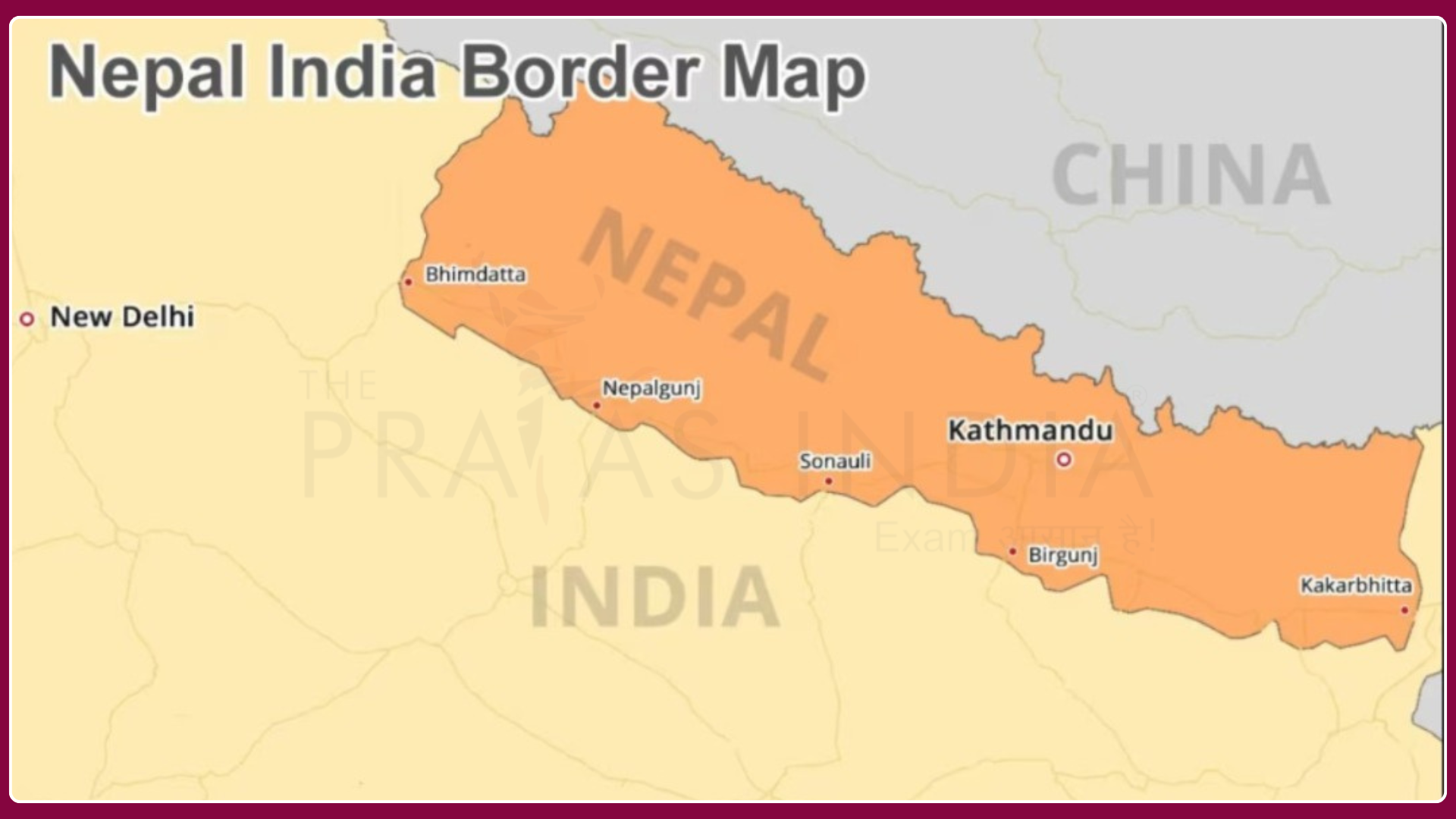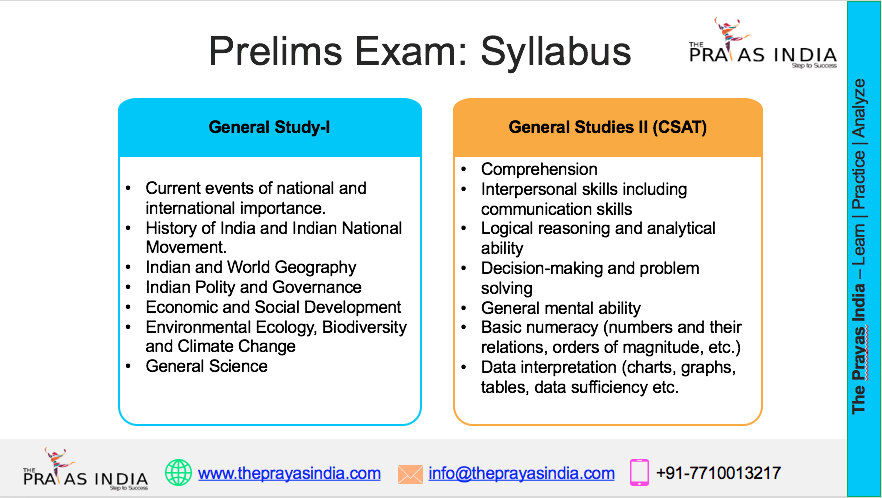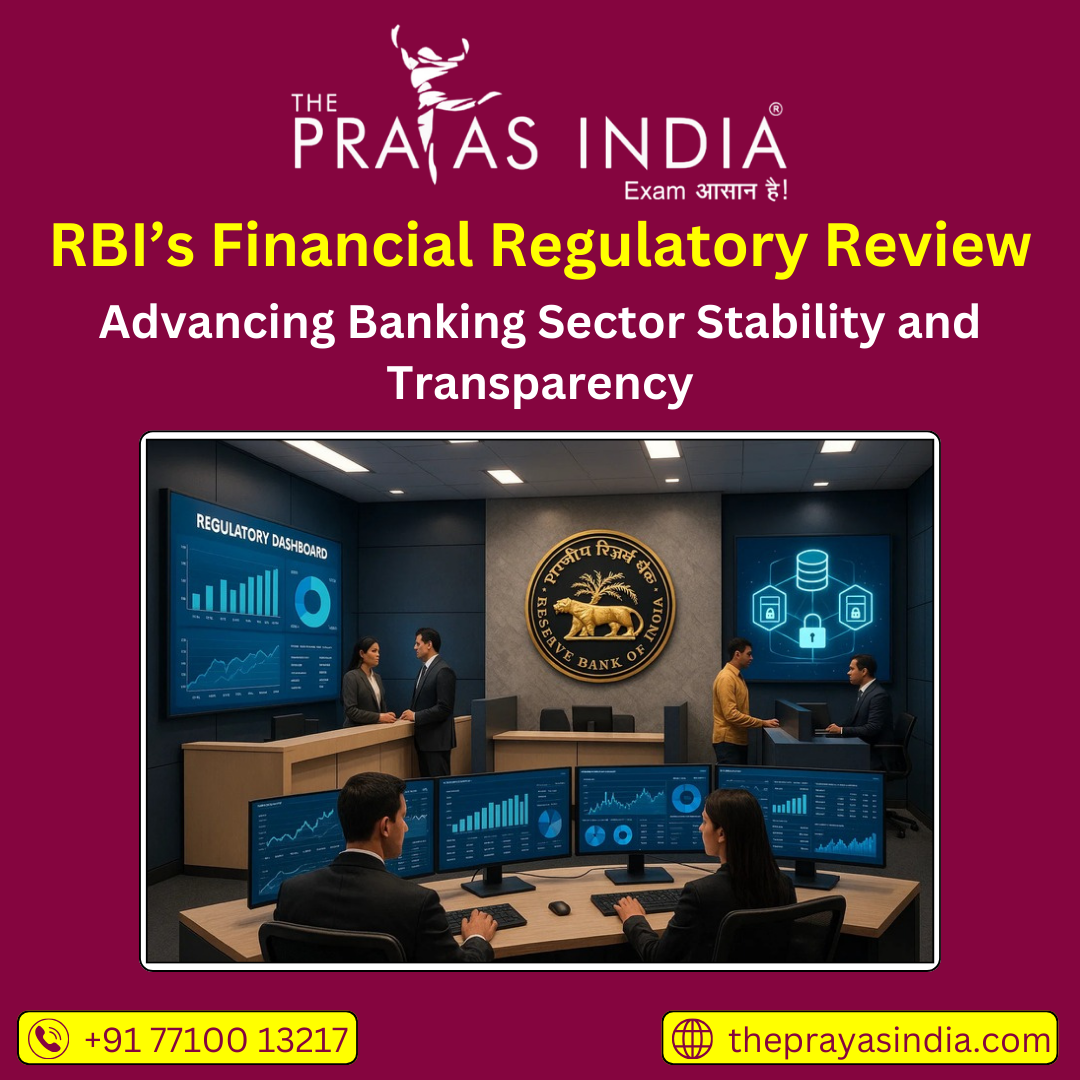Nepal PM KP Sharma Oli Resigns Amid Mass Protests and Burning of Government Buildings: A Detailed Controversy Overview
In a dramatic and unprecedented political crisis in Nepal, Prime Minister KP Sharma Oli resigned on 9 September 2025 amid the deadliest mass protests the country has witnessed in decades. The unrest erupted mainly as a response to widespread anger over corruption, economic inequality, and a controversial government-imposed ban on popular social media platforms. The situation worsened with violent clashes between protestors and security forces, resulting in at least 22 deaths and numerous injuries. Protestors also set key government buildings ablaze, including the parliament complex and prime ministerial residences, fueling an atmosphere of chaos and uncertainty.
Background and Causes of the Protests
The seeds of the unrest were sown when the Nepalese government banned access to 26 social media platforms, including Facebook, Twitter, Instagram, and YouTube, citing non-compliance with local regulations. This action sparked outcry, especially among Nepal’s youth, who use these platforms as primary means of communication and expression.
What began as a digital rights movement quickly escalated into a broader anti-corruption and anti-establishment campaign, with young demonstrators, dubbed “Gen Z protesters,” denouncing the pervasive corruption within Nepal’s political elite, including the lavish lifestyles of so-called “nepo kids” — the privileged children of politicians and business magnates. High youth unemployment, economic stagnation, and a lack of opportunities further compounded frustrations.
Escalation Into Violence and Government Buildings Set on Fire
Despite the government lifting the social media ban after two days, protests intensified. Demonstrators refused to disperse, clashing with police who deployed riot control measures. Violence escalated rapidly: protestors vandalized property, looted businesses, and torched several landmark government sites in Kathmandu.
Among the most dramatic acts were the torching of the Singha Durbar complex, which houses key ministries and the Parliament building, as well as the Supreme Court. Residences of prominent politicians, including former prime ministers, were attacked and set ablaze. The parliament itself was engulfed in flames, sending thick plumes of smoke across the capital.
Resignation of KP Sharma Oli and Cabinet Ministers
Amid the spiraling crisis and mounting casualties, Prime Minister KP Sharma Oli announced his resignation, citing the need to ease tensions and enable a political resolution in line with Nepal’s constitution. His resignation was accepted by President Ram Chandra Poudel, who appointed Oli as the caretaker Prime Minister until a successor is appointed.
The resignation came after mounting pressure not only from protesters but also from within Oli’s government; several cabinet ministers resigned citing moral responsibility for the violence and the government’s failures.
Role of Nepal’s Army and State Response
As violence continued to disrupt Kathmandu and other cities, the Nepal Army was deployed to restore order. The army issued stern warnings against vandalism but refrained from direct political intervention. A curfew was imposed in multiple areas, and security forces detained dozens of individuals involved in unrest.
Despite the crackdown, the protests expressed no sign of abating immediately, with young activists calling for wider reforms and accountability.
Wider Impact and Political Uncertainty
This upheaval marks Nepal’s most significant political crisis since the abolition of the monarchy in 2008. It exposed deep fractures in Nepal’s fragile democracy — rampant corruption, political instability, and economic distress. Young Nepalis’ disillusionment with the ruling class signals a generational shift demanding transparency, equity, and hope.
The future political landscape remains uncertain, with questions about who will lead Nepal amidst ongoing demands for reform. The crisis has also drawn international attention, with India and regional powers closely monitoring developments.
Conclusion
The resignation of KP Sharma Oli amid violent protests and the torching of Nepal’s parliament and government buildings epitomizes a nation grappling with systemic political challenges and youth-led demands for change. As Nepal navigates this turbulent period, the focus now turns to peaceful political dialogue, rebuilding institutions, and addressing the underlying issues of governance and social justice to restore stability and public trust.





![Prayas-तेजस [UPSC CSE Sociology Optional] – Online & Offline](https://theprayasindia.com/wp-content/uploads/2025/09/Prayas-तेजस-UPSC-CSE-Optional-Subject-The-Prayas-India-300x300.png)
![Prayas-सूत्र [UPSC CSE Materials (Hardcopy)]](https://theprayasindia.com/wp-content/uploads/2025/09/Prayas-सूत्र-UPSC-CSE-Study-Materials-Hardcopy-The-Prayas-India-300x300.png)
![Prayas-मंत्रा [UPSC CSE CSAT]](https://theprayasindia.com/wp-content/uploads/2025/09/Prayas-मंत्रा-UPSC-CSE-CSAT-The-Prayas-India-300x300.png)
![Prayas सारथी [UPSC CSE One on One Mentorship]](https://theprayasindia.com/wp-content/uploads/2025/09/Prayas-सारथी-UPSC-CSE-One-on-One-Mentorship-The-Prayas-India-300x300.png)










